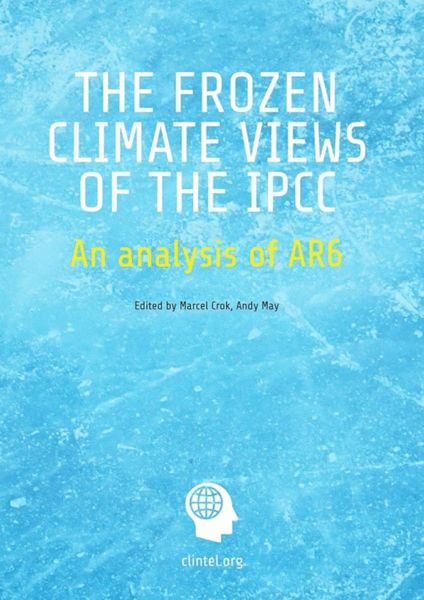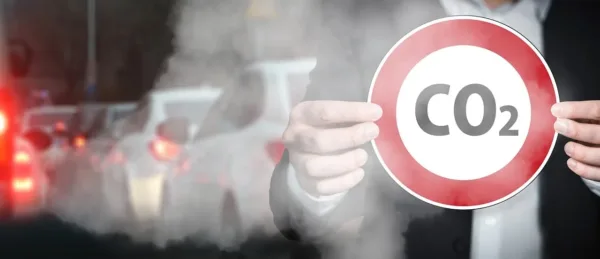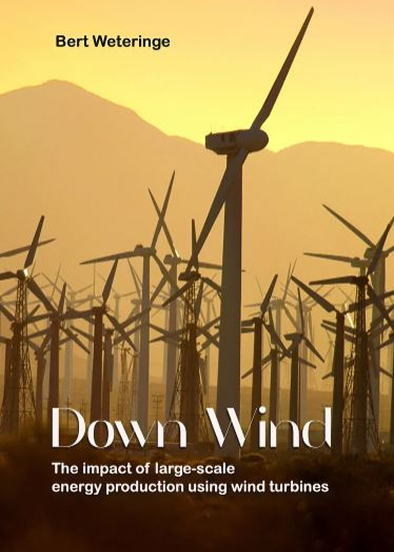EPA’s endangerment finding needs to go
The new EPA head recommends the Whitehouse rewrite the important past conclusion that ‘CO2 endangers the public’. Vijay Jayaray of the CO2 Coalition explains the backgroud of this important ‘endangerment finding’ of 2009.
Having declared carbon dioxide (CO₂) and other greenhouse gases (GHGs) to be harmful pollutants, the Environmental Protection Agency’s (EPA’s) 2009 endangerment finding has been the cornerstone of wrongheaded climate regulation, an impediment to economic growth and destroyer of livelihoods. All the result of rulemaking that puts ideology ahead of science.
Empowered to impose sweeping restrictions on GHG emissions from all manner of human activity, the EPA has been free to impose unreasonable demands on electric generation, transportation, manufacturing and agriculture – just to name more prominent targets. Under the Obama and Biden administrations, with CO2 emissions being the focus, fossil fuels in general and coal in particular were hammered by this regulatory cudgel.
In the last decade, regulations have contributed to the closing of more than 40 percent of the nation’s coal-fired power plants – one of the most economical and reliable generators of electricity. Job losses hit thousands of plant workers, coal miners and employees of supporting businesses, and both the price of electricity and the risk of blackouts increased.
The endangerment finding was a response to the Supreme Court’s 2007 decision in Massachusetts v. EPA, which ruled that EPA had the authority to regulate GHGs under the Clean Air Act if they endangered the public. On the basis of flawed analyses, the Obama administration’s EPA concluded that there was such a threat, laying a foundation for some of the agency’s most consequential regulations.
Nationally, the Clean Power Plan, the Affordable Clean Energy Rule and stringent vehicle emissions standards all stem from the endangerment finding.
States point to the regulation to justify their own climate initiatives. California, for instance, has used it to defend its waiver for stricter vehicle emissions standards, while Northeastern states have relied on it to uphold the Regional Greenhouse Gas Initiative (RGGI), a cap-and-trade program.
Under President Biden, the EPA doubled down, imposing last year even stricter rules for power plants and automobiles, with the goal of achieving “net-zero emissions” by 2050. Notably, critics say that a workable technology to meet emission limits for power plants does not exist.
But EPA ignores much more than the feasibility of technological “solutions.” The endangerment finding disregards complexities of climate dynamics – from solar cycles to clouds to ocean currents – and relies on bad science, including computer models that empirical data have proven false. Even the quality of global temperature records is too poor to support the rule. And though often referenced by supporters of the rule, links between warming and an increase in severe weather have not been found. In fact, there are no trends of weather getting worse over time.
Of all the rule’s absurdities none is greater than the claim that CO2 is a pollutant catastrophically overheating the planet. More than a century of accepted science has established that the warming potential of CO2 decreases as its atmospheric concentration rises. This phenomenon of diminishing returns means that even doubling the amount of CO2 from current levels would have only a modest effect on temperature.
“The models predicting doom from CO2 have consistently overestimated warming, yet the EPA continues to rely on them to justify its regulations,” says Judith Curry, one of many climate scientists questioning the regulation.
EPA also fails to account for the benefits of CO₂. Higher levels of the gas increase plant growth and agricultural productivity through CO₂’s fertilization effect – a factor in the greening of Earth over the last several decades, as affirmed by NASA. This has significantly improved global food security.
By extension, the EPA brushes aside the enormous contribution that hydrocarbons have made in allowing, through industrialization and modern agriculture, humanity to increase tenfold over the last 250 years. Coal, as well as oil and natural gas, remain critical to the economic development of impoverished nations and the feeding of their people.
President Trump’s EPA administrator, Lee Zeldin, was given 30 days to make recommendations regarding the endangerment finding on “the legality and continuing applicability” of the rule, and the clock is ticking.
Given the scientific shortcomings of EPA’s “greenhouse” rule, the time is past for its repeal. The EPA should acknowledge that CO₂ – two pounds of which everybody exhales daily – is not a threat to the public and should not be treated as such.
This would defang the pseudoscience of fearmongers and the lawfare emanating from the U.N. and anti-human activists and allow a return of common sense and scientific integrity befitting a free society.
This commentary was first published at Washington Times on February 25, 2025. Vijay Jayaraj is a Science and Research Associate at the CO2 Coalition, Arlington, Virginia. He holds an M.S. in environmental sciences from the University of East Anglia and a postgraduate degree in energy management from Robert Gordon University, both in the U.K., and a bachelor’s in engineering from Anna University, India.
more news
Interview with Mike Sankey
What is your background? I am a registered PMP (Project Management Professional) as well as a Professional Quantity Surveyor, so I hold a BSc QS Hons. I have been in the construction industry since qualifying in 1988.
Interview with Andreas N. Angelakis
What is your background?I hold a Bachelor of Agricultural Science from the Agricultural University of Athens (1962) and a Bachelor of Science in Civil Engineering from the University of California, Davis (1976)
First CERES podcast is online
First CERES podcast is online In this new podcast series, the CERES team will talk about science – reviewing the latest science, revisiting old scientific questions, and discussing some of CERES’s own scientific research. Often their discussions can be quite controversial because the team is more interested in figuring out what is scientifically [...]






